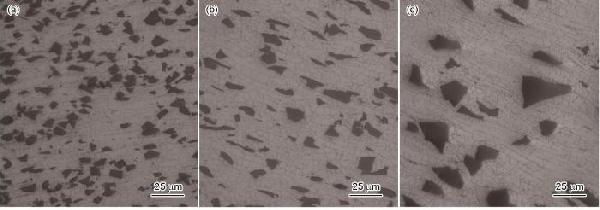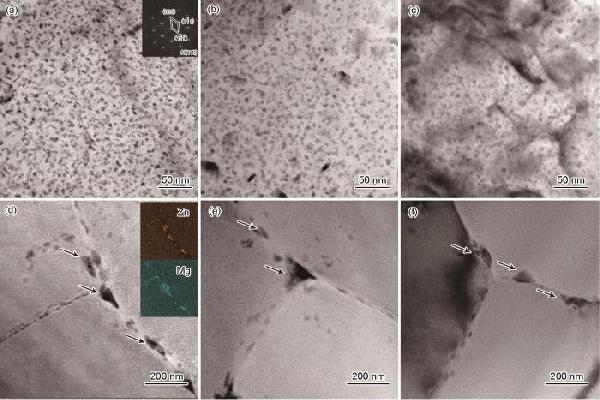
全部
▼
搜索
熱搜:
位置:中冶有色 >
> 增強(qiáng)顆粒尺寸對(duì)B4C/Al-Zn-Mg-Cu復(fù)合材料微觀(guān)組織及力學(xué)性能的影響
 776
編輯:中冶有色技術(shù)網(wǎng)
來(lái)源:謝東航,潘冉,朱士澤,王東,劉振宇,昝宇寧,肖伯律,馬宗義
776
編輯:中冶有色技術(shù)網(wǎng)
來(lái)源:謝東航,潘冉,朱士澤,王東,劉振宇,昝宇寧,肖伯律,馬宗義




|
Particle size / μm |
Tensile strength / MPa |
Yield strength / MPa |
Elongation /% |
|---|---|---|---|
| 7 | 714±12 | 648±11 | 3.3±0.9 |
| 14 | 681±3 | 622±8 | 2.0±0.1 |
| 20 | 637±1 | 610±9 | 1.0±0.1 |












 分享 0
分享 0
 舉報(bào) 0
舉報(bào) 0
 收藏 0
收藏 0
 反對(duì) 0
反對(duì) 0
 點(diǎn)贊 0
點(diǎn)贊 0

 中冶有色技術(shù)平臺(tái)
中冶有色技術(shù)平臺(tái) 2024年12月27日 ~ 29日
2024年12月27日 ~ 29日  2024年12月27日 ~ 29日
2024年12月27日 ~ 29日  2025年01月03日 ~ 05日
2025年01月03日 ~ 05日  2025年01月03日 ~ 05日
2025年01月03日 ~ 05日  2025年03月25日 ~ 27日
2025年03月25日 ~ 27日 
